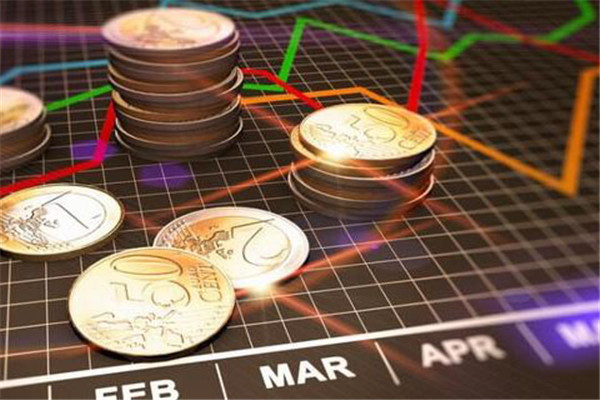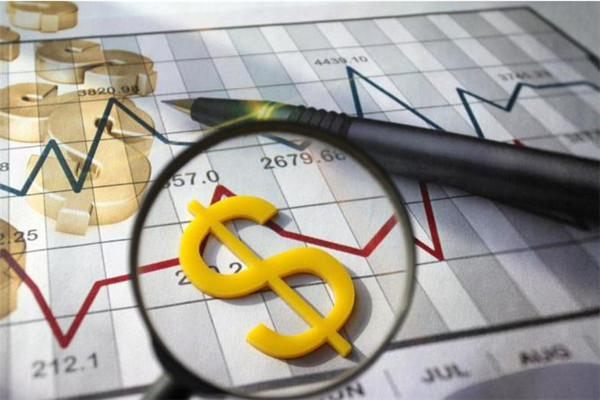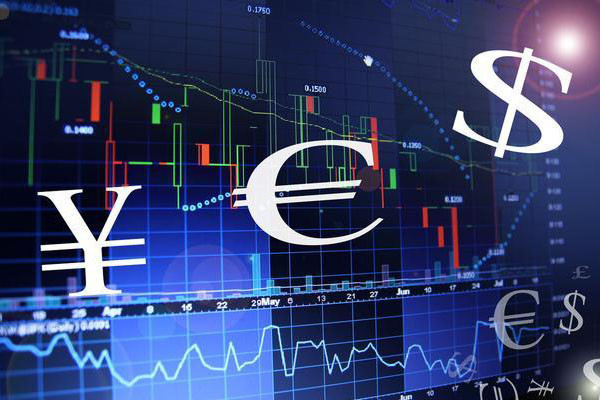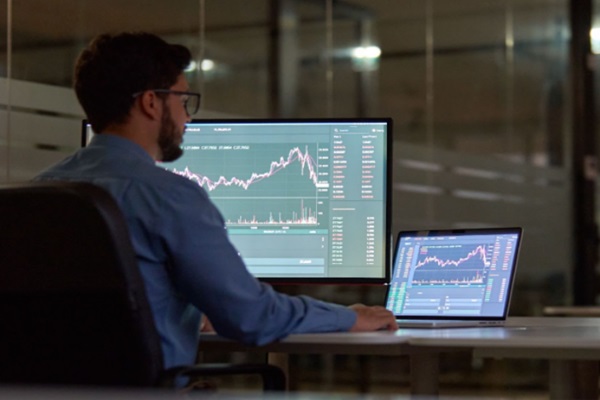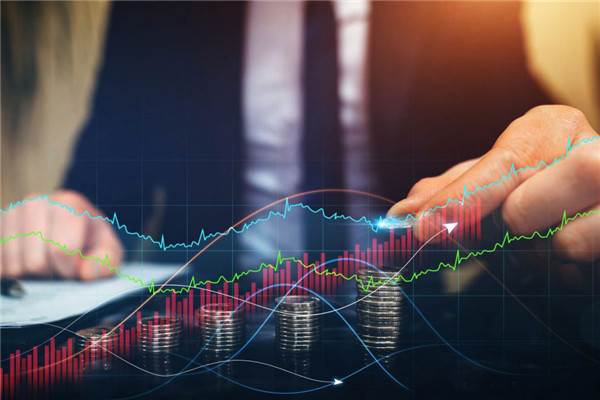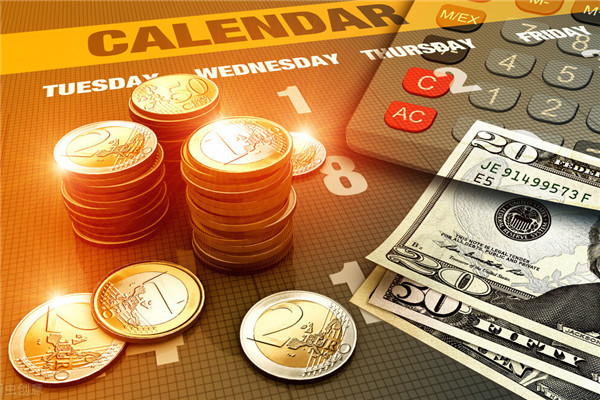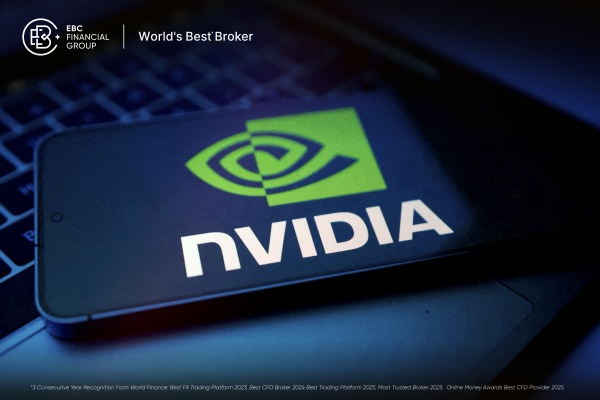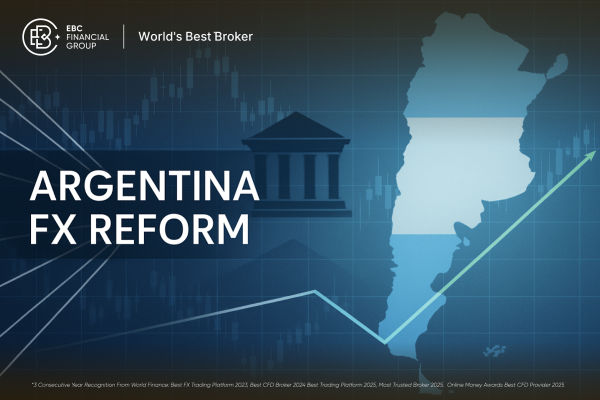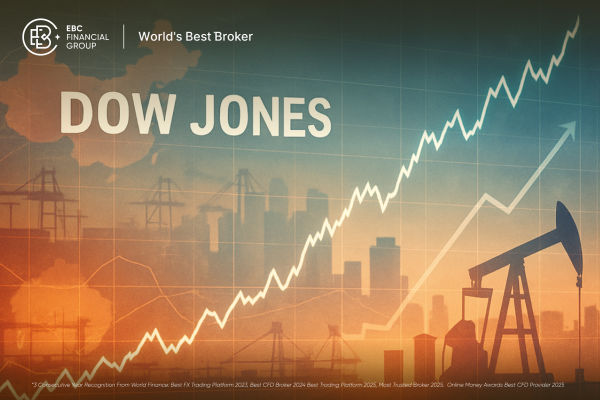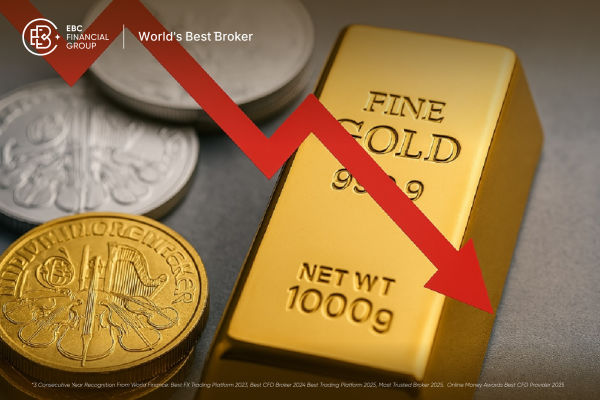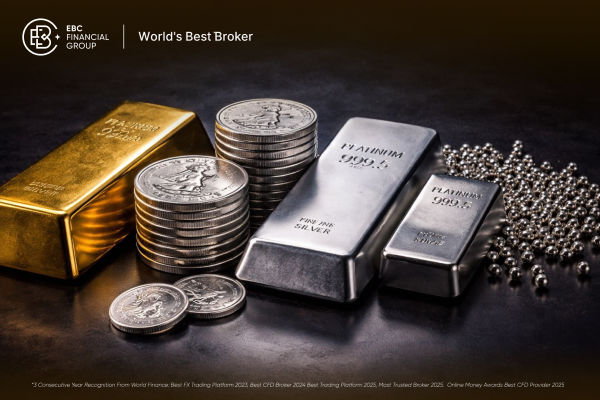Simply put, the bid and ask prices indicate the price at which a currency pair or another asset can be sold or bought at the current time. The bid price is the price a trader is willing to pay for the base currency in a forex trade; while the ask price is the price a trader is willing to receive from the sale of the base currency. The ask price is always a little higher than the bid price, and the difference between the two is known as the spread.
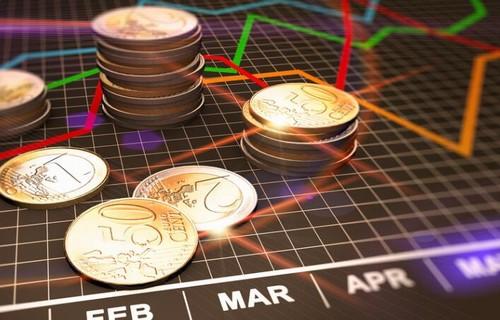
The bid rate is the exchange rate used by banks to purchase foreign exchange (the currency listed to the left of "/" in the list price, i.e. the base currency) from customers.
Example: USD/CHF 1.4527/32, with a buying price of 1.4527; It means that investors can sell 1 dollar and buy 1.4527 Swiss francs.
Buying is from the perspective of the bank. Buying is buying by the bank, which means we hand over foreign currency to the bank and exchange it for RMB.
The meaning of buying price varies under different pricing methods. Under the direct pricing method, the purchase price refers to the number of local currencies that a bank pays to customers by purchasing a certain amount of foreign currency. Banks implement the principle of buying at a low price and selling at a high price, where the buying price is a smaller amount, which means paying customers a smaller amount of local currency when buying foreign currency. Therefore, under the direct pricing method, the buying price comes first; Under the indirect pricing method, the buying price refers to the amount of local currency that a bank pays to customers by purchasing several foreign currencies. The bank implements the principle of buying at a low price and selling at a high price, which means paying customers a certain amount of local currency when buying a large amount of foreign currency. Therefore, under the indirect pricing method, the buying price follows.
The selling price of foreign exchange is also known as the "selling exchange rate". The price at which banks sell foreign exchange corresponds to the buying price of foreign exchange.
The offer rate refers to the exchange rate used by banks to sell foreign exchange (the currency listed to the left of "/" in the list price, i.e. the base currency).
The expression of foreign exchange selling price in foreign exchange quotation is as follows: usually, the foreign exchange quotation quoted by the bank has at least two digits, arranged in the order of decimal first and large number last (or in other words, decimal on the left and large number on the right). If it is a direct pricing method, the selling price is at the back (right); If it is an indirect pricing method, the selling price comes first (left).
For example, on a certain day, the US dollar foreign exchange rate of Bank of China is: US $100=RMB ¥ 871.03/873.36This is the direct pricing method, with 871.36 being the selling price in US dollars; For example, on a certain day, the French franc exchange rate of Bank of New York was: US $1=FFr7.2220/7.2240This is the indirect pricing method, with 7.2220 being the selling price for French francs.
【 EBC Platform Risk Reminder and Disclaimer 】: There are risks in the market, and investment needs to be cautious. This article does not constitute investment advice.
